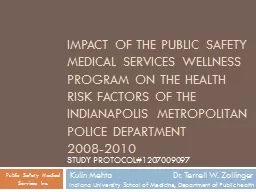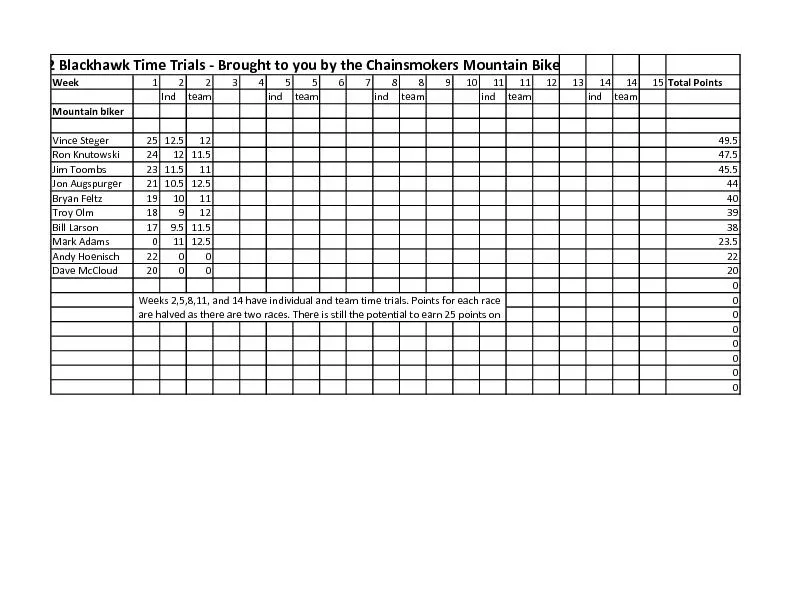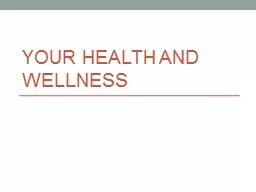PPT-Impact of the Public Safety Medical services Wellness program on the health risk factors
Author : greyergy | Published Date : 2020-06-16
20082010 Kulin Mehta Dr Terrell W Zollinger Indiana University School of Medicine Department of Public health Public Safety Medical Services Inc STUDY PROTOCOL
Presentation Embed Code
Download Presentation
Download Presentation The PPT/PDF document "Impact of the Public Safety Medical serv..." is the property of its rightful owner. Permission is granted to download and print the materials on this website for personal, non-commercial use only, and to display it on your personal computer provided you do not modify the materials and that you retain all copyright notices contained in the materials. By downloading content from our website, you accept the terms of this agreement.
Impact of the Public Safety Medical services Wellness program on the health risk factors: Transcript
Download Rules Of Document
"Impact of the Public Safety Medical services Wellness program on the health risk factors"The content belongs to its owner. You may download and print it for personal use, without modification, and keep all copyright notices. By downloading, you agree to these terms.
Related Documents














